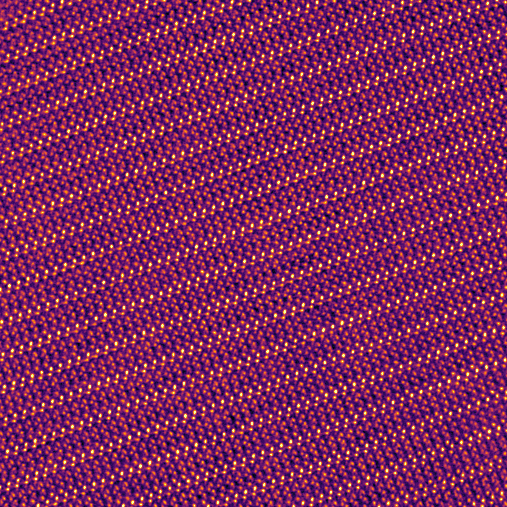Guide: Indexing Diffraction Patterns with Vector Graphics Overlay
Published:
We will use ReciPro (Paper) to index a selected-area electron diffraction (SAED) pattern of a GaAs single crystal to find the zone axis.
Then, this guide will show how to overlay the diffraction spots onto the experimental image as vector graphic using Inkscape as shown below:
